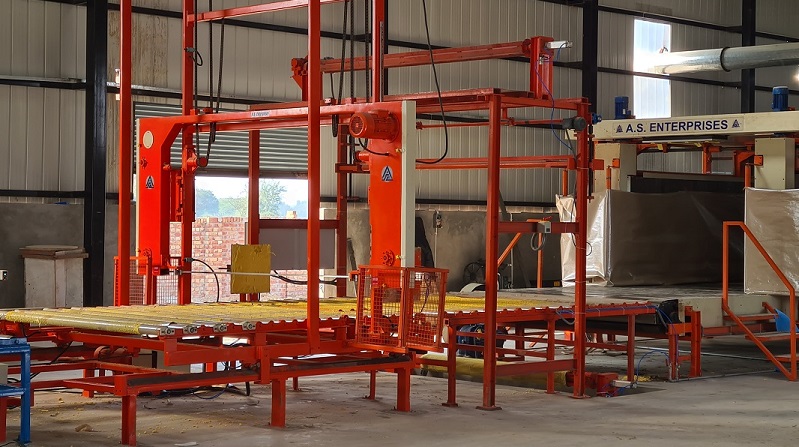Foam and PU foam cutting machines have been advancing the industrial sector to new zeniths. Foam has emerged as the quintessential raw material that serves not only as the base for comfort but also as a savior for economical and environmental reasons. Here are 6 outstanding properties of foam that explain why it has become the focal point in commercial, industrial, and mechanical fields.
1) Density
One of the best ways to categorize density as a highly efficient material through density. Scientifically, density can be defined as the weight per volume (i.e. kg/m³ or lb/ft³).
The most common use of PU foams is in the form of insulation when the density of foam is supposed to be approximately within the range from 28 to 34 kg/m³. But, there are foams that can be found having even lower density, going down almost up to 9kg/m³. At the same time, heavier density foam can go beyond 400kg/m³. The diversity in density is what makes foam such a versatile material. Foams with higher density are stronger. These hard forms of foam are used for purposes like filling cavities because of their liquid chemical absorption.
2) Thermal Insulation
Polyurethane foam is highly used to provide thermal insulation. When it comes to rigid foams, they come in most handy in providing insulation. The market is full of foam insulation not only because they are comfortable but also because they are a way more economical and environmentally safer choice.
3) Foam Shrinkage
Foam can shrink to apt sizes easily. When a machine allows PU foam cutting, the foam shrinks. Caused by a chemical process that settles as the gases leave through the open cells, the foam turns into a shrunken size. A few more factors that affect the extent of shrinkage are the volume and the surface area of the foam.
4) Fire Resistance
PU foams are made of carbon compounds which is why they are flammable in nature. But, when you include special formulas with fire-resisting characteristics, the final foam result can be quite powerful against fire. For instance, Era polymers are built with foam that can resist fire, as tested by valid organizations like BRANZ and CSIRO.
5) Resilience
Rebound or resilience is an efficient property that can be defined as the height percentage a ball can rebound when it is dropped from a height on a foam. The general notion is that resilience adds 0 to 10% value to shock absorption foam. For applications that require high vibration frequencies and quick recovery, foam with 20-40% rebound is very useful.
6) Flexibility and Compression
Foam flexibility is necessary to endure heavy loads. Flexible foam is highly capable of recovering from compression when the heavy loads are removed and return to their original form. The energy absorption ability of a foam is what makes it such a desirable material. The shock absorption properties can give a lot of comfort in cushions, shoes, and mattresses.
Check out AS Enterprises for foam machinery, and more.

